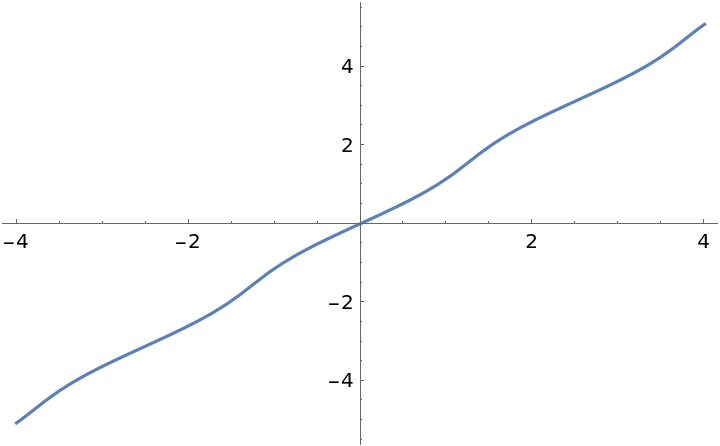Wolfram Function Repository
Instant-use add-on functions for the Wolfram Language
Function Repository Resource:
Evaluate the inverse function of EllipticE
ResourceFunction["InverseEllipticE"][u,m] gives the inverse of the elliptic integral of the second kind. |
Evaluate numerically:
| In[1]:= |
|
| Out[1]= |
|
Plot over a subset of the reals:
| In[2]:= |
|
| Out[2]= |

|
Evaluate to high precision:
| In[3]:= |
|
| Out[3]= |
|
The precision of the output tracks the precision of the input:
| In[4]:= |
|
| Out[4]= |
|
InverseEllipticE threads element‐wise over lists:
| In[5]:= |
|
| Out[5]= |
|
Simple exact values are generated automatically:
| In[6]:= |
|
| Out[6]= |
|
Parity transformation is automatically applied:
| In[7]:= |
|
| Out[7]= |
|
InverseEllipticE is the inverse of EllipticE:
| In[8]:= |
|
| Out[8]= |
|
| In[9]:= |
|
| Out[9]= |
|
This work is licensed under a Creative Commons Attribution 4.0 International License